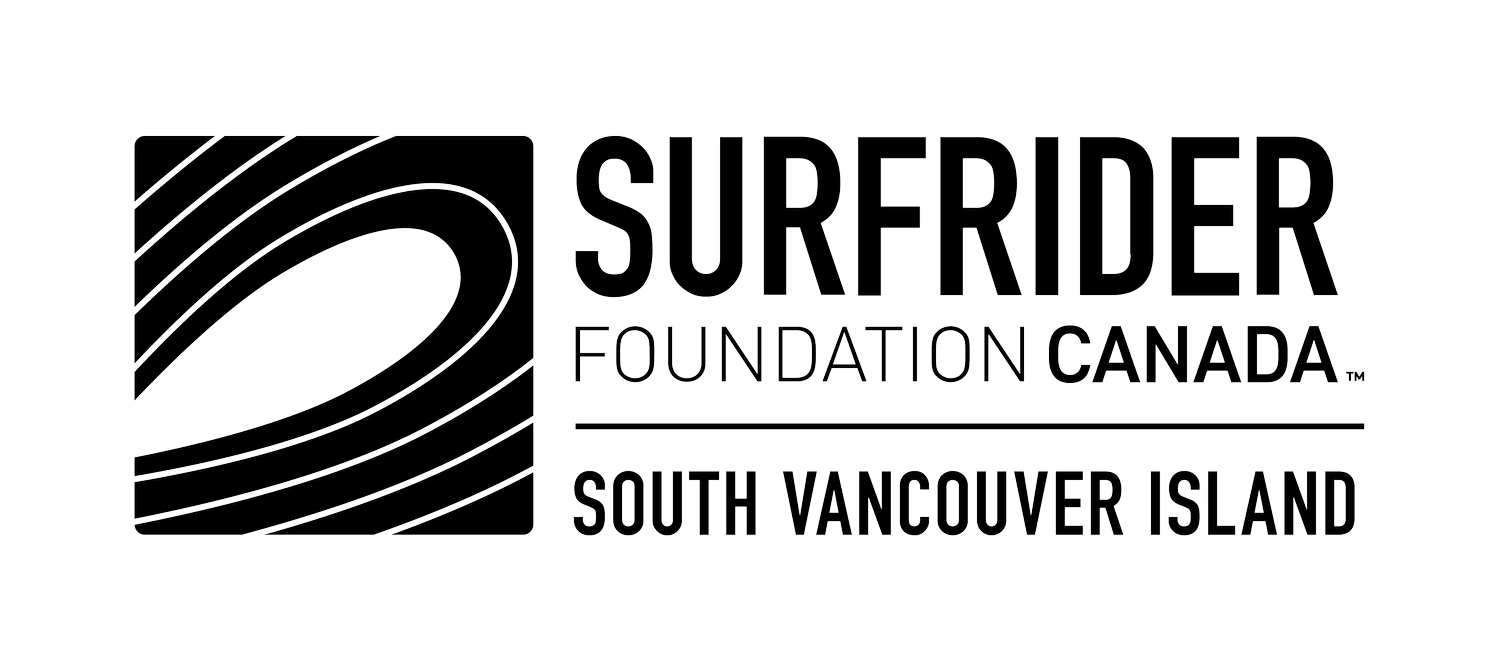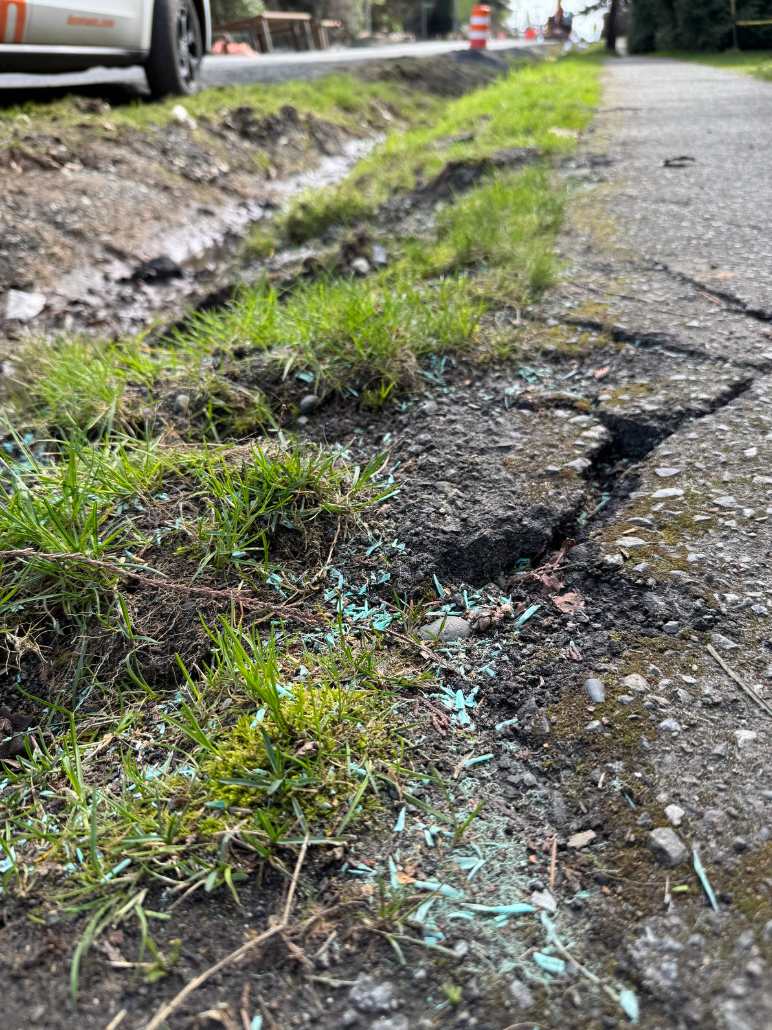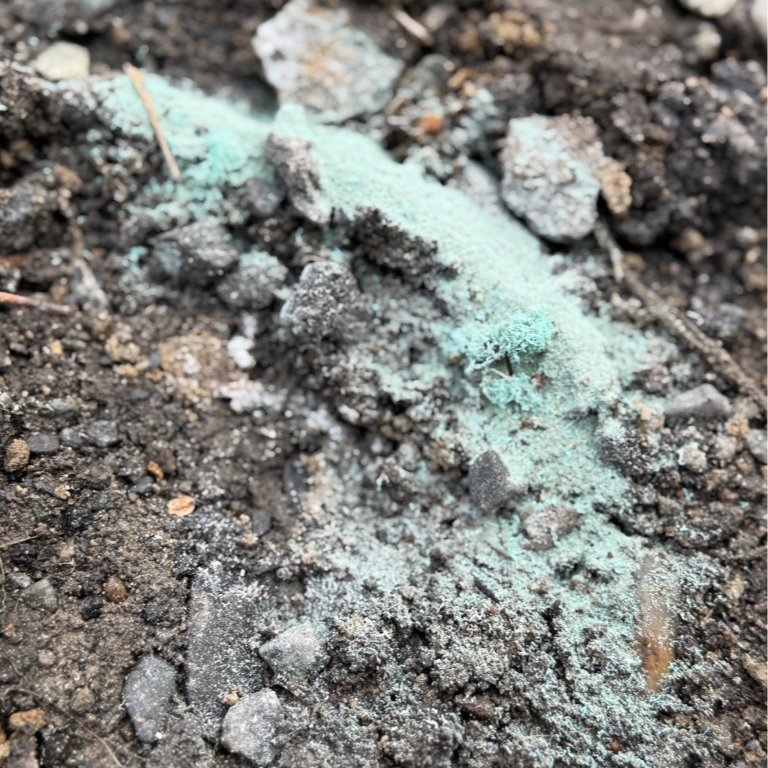Just Beneath the Surface: PVC Pipe Pollution
Taking a sunny stroll in Victoria, the sounds of birds and smell of neighbourhood gardens fill the air. It’s an idyllic summer day, where everything feels possible.
However - like a David Lynch film, with its manicured exteriors, dark forces loom. On your walk, you notice a stream of green: sharp plastic shards line the ditches. Unlike Lynchian cinema, this is not from supernatural causes or crime. It’s a byproduct of the construction industry, regulated by local governments, that permits the outdoor cutting of polyvinyl chloride (PVC) piping. From this cutting, microplastics and nanoplastics escape into the environment.
PVC is one of the most toxic forms of plastics, comprising up to 60% additives like phthalates, vinyl chloride monomers, and heavy metals, a toxic cocktail of known carcinogens and endocrine disruptors. It’s known as the “worst of the worst” in the plastics world. Despite its toxicity, PVC is used for water service lines, transporting water from reservoirs into our homes and cities. Today, building or expanding this infrastructure typically involves dry cutting PVC pipes on-site, a practice that releases clouds and streams of plastic dust and shards. These micro- and nanoplastics settle in soil, sail into storm drains, and ultimately reach the ocean. While we’re out walking with our reusable mugs, up to thousands of microplastics and billions of nanoplastics can be released into the environment from one PVC pipe-cutting. This has a devastating impact on marine ecosystems, from toxic impacts to marine animals to the disruption of foundational processes like photosynthesis. When PVC particles enter the ocean, they can block sunlight and leach toxic additives that interfere with phytoplankton—microscopic organisms that form the base of the marine food web and produce over half of the world’s oxygen. As these vital organisms decline, the ripple effects stretch from diminished oxygen production to the collapse of entire marine food chains.
There’s impacts on public health are substantial: research shows that exposure to construction dust increases the risk of respiratory and cardiovascular diseases. Workers can inhale or ingest plastic shavings, and so can nearby pedestrians, kids and pets. These plastics also enter the soil, contaminating our food. Plastic even aerosolizes from the sea, rising into the atmosphere and raining back down on us.
Plastic is a nightmare that does not dissipate. It leaks out of pipes and pipe cutting and melts into the seams of our existence, from our bodies to the environments we depend on.
In Greater Victoria, the City of Victoria and District of Saanich currently allow outdoor dry cutting of PVC pipes, compromising our collective rights to a healthy environment. But it doesn’t have to be this way. We’ve seen Surfrider in the United States address this issue successfully, including in New Jersey. In Atlantic City, NJ, an ordinance now requires construction companies to contain plastic dust and shavings from construction materials like PVC, vinyl and plastic lumber. Major construction companies in this city have agreed the containment process is straightforward to implement and is a necessary step to safeguard environmental health. Now, other New Jersey towns, including Longport, Ventnor, and Egg Harbour City, passed similar ordinances to Atlantic City. The South Jersey Chapter of the Surfrider Foundation is now working to scale these local wins into statewide legislation. Now, we can follow in the path of these successful coastal victories.
Since we began engaging the City of Victoria, they’ve taken promising first steps: they’re drafting a bylaw to limit plastic pollution from cutting or drilling PVC. We’re also working with the District of Saanich, advocating for stricter measures to control PVC pipe cutting pollution. We’re tracking progress every step of the way, and won’t stop until this overlooked source of plastic pollution is addressed.
Beyond containing the plastic shavings from cutting PVC pipes, we’re continuing to advocate amongst hundreds of civil society organizations for a Global Plastics Treaty that caps plastic production and bans problematic plastics and chemicals. Experts widely agree: PVC and polystyrene are the most toxic plastics to produce, use, and dispose of. More than 60 countries want to see an outright ban on these plastics through the Global Plastics Treaty.
Like the vinyl records that repeatedly appear in a Lynch film, we’ll say it again: it’s not just about cleanup - it’s about cutting plastic pollution off at the source and detoxing plastics, before it can harm communities, ecosystems, and workers.
First things first: let’s address the PVC pipe cutting pollution so we’re not unintentionally inhaling plastic green dust on our daily walks. Then, let’s continue working together to achieve a Global Plastics Treaty.


